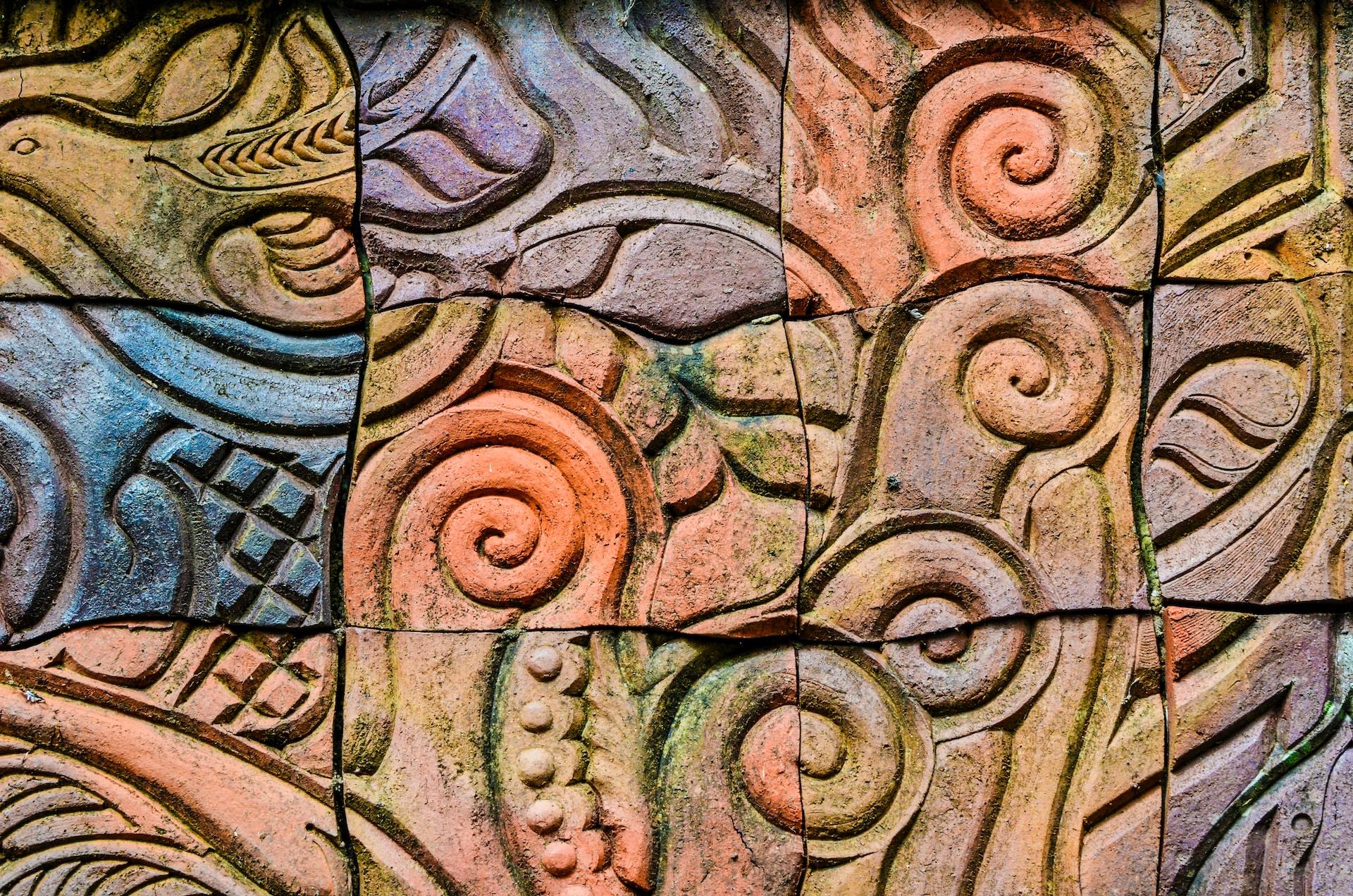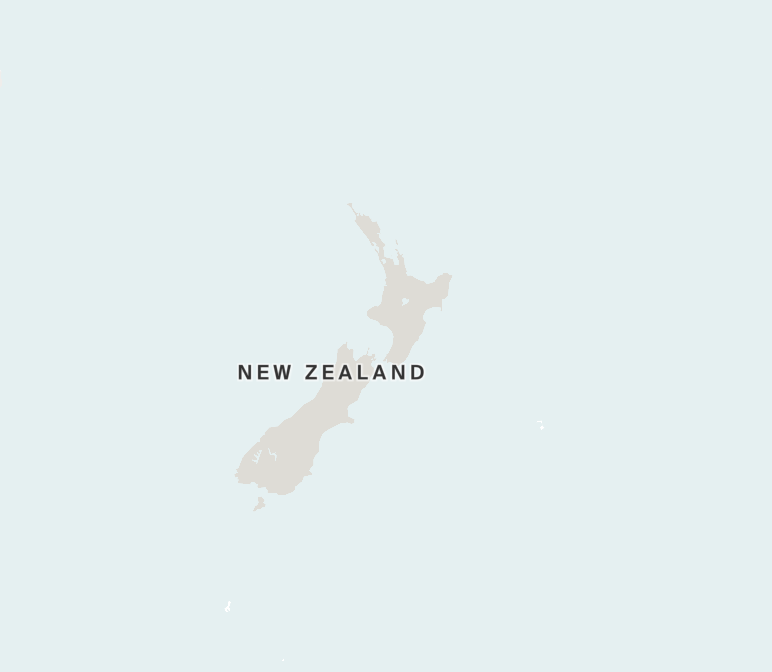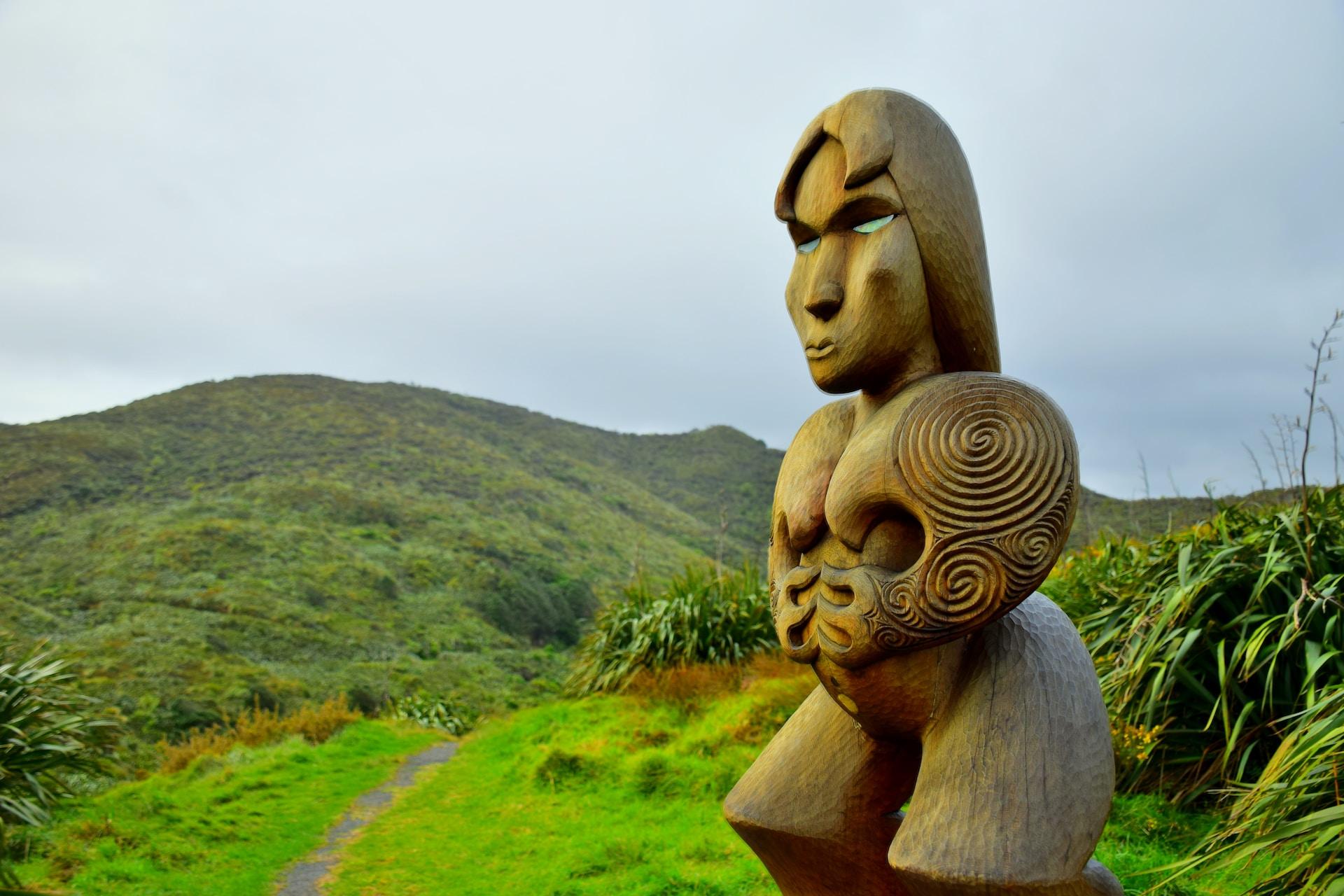What is New Zealand Maori DNA Ethnicity on Ancestry?
The results of our AncestryDNA tests may sometimes be what we expect or on occasion may be a big surprise. Either way, often we need a little more information regarding some of the regions that arise in our ethnicity estimates.

One region that is not at all uncommon is the New Zealand Māori DNA region. Those who still live in this region already understand all about its history and culture. There are others, however, who may never have even visited or in fact been aware that they have ancestors from that area.
In this post we will go into more detail with regards to the history, geography and culture of the New Zealand Māori region. We will also discuss what it means to be from this region and how easy or difficult it might be to trace our roots in the New Zealand Māori Region.
What Is the New Zealand Māori DNA Region?
The New Zealand Māori DNA region as the name suggests focuses on the Island nation of New Zealand. This chain of islands is found in the South Pacific sitting between Australia to its west and South America to its east.

New Zealand Māori Region History
The First Human in New Zealand
New Zealand is widely considered to be the last major landmass on the planet to have been settled by humans. The legend of Kupe in the Māori culture is considered credible enough by historians to be potentially at least in part historical fact.
Kupe was a Polynesian explorer who is named in Māori oral history as the first human to discover the islands known today as New Zealand. The belief is that this occurred at some point between 900 – 1200 AD. Kupe is said in legend to have been born on the mythical isle of Hawaiki, the supposed original home of Polynesians.
The story varies between the various Māori groups with some claiming Kupe and his crew stayed in New Zealand as long as 20 years before returning home.
Early Settlers
Provable habitation of New Zealand dates back to around the mid 13th century. It is thought that the 1267 Samalas volcanic eruption in Indonesia may have caused a mini-ice age triggering crop failures for thousands of miles around. Historians contend that people from eastern Polynesia likely left their home islands in search of new lands to farm.
The main settlement period of New Zealand occurred between 1320 and 1350 roughly during the reigns of Edward II and Edward III of England. Historians believe that unlike with other settlements in the region's islands, the Polynesians set out to specifically land in New Zealand lending some credibility to the Kupe legend. The tales of this fertile land may have been passed down in stories among Kupe’s people leading them to seek the land when their own home became less useful for farming.

The Māori
As society developed in New Zealand these Eastern Polynesians started to create the Māori culture we know today. The growing population would form into different iwi (tribes) and hapū (subtribes). They would both cooperate and war with each other.
A Māori group who migrated to Rēkohu, which is now known as the Chatham Islands, would become a distinct group known as the Moriori culture. This population however was all but wiped out between 1835 and 1862 in a genocide. The Taranaki Māori invasion and subsequent enslavement in the 1830s were largely the cause, however European diseases also played a role. The Moriori culture dwindled to just 101 survivors by 1862. Eventually by 1933 the last known full-blooded Moriori died.
Maintaining Māori Culture
After centuries of European influence in the late 19th century, the widespread belief amongst Māori groups was that the Māori population could cease to exist as a separate culture. The concerns were that they would become assimilated into the European population. Starting in the late 19th to the mid-20th century various laws, policies, and practices were put in place to try and force the Māori to conform to European norms.
This did not cause the decline that was initially feared as the Māori population continued to recover during the 20th century. A chain of influential Māori politicians such as James Carroll, Āpirana Ngata, Te Rangi Hīroa and Maui Pomare sought to support and boost the Māori people’s spirit.

How Did You Get New Zealand Māori Region DNA?
If you already know that you had family who came from New Zealand Māori or any of the bordering states, then you know why you have New Zealand Māori region DNA. If this result came as a surprise, you may not know how exactly you came by DNA from this region.
If you have a sizable percentage of DNA from this region, then it is likely you have an ancestor who was born in or close to the country of New Zealand Māori.
Is the Result Accurate?
When it comes to ethnicity estimates, the higher the percentage you have from a certain region the more likely it is to be accurate. If your percentage is low, however, then it is harder to pinpoint exactly where your most recent ancestors came from.
A low result could mean a distant ancestor from that region. It is best to focus on your highest rated region's matches to determine where your ancestors came from more recently. A low percentage can often be hard to locate because the ancestor in question could be many generations back in your tree.
How to Research my Ancestry from These Regions
The results of a DNA ethnicity test are of course a great place to start, especially if there is an unexpected result found in the report. As always of course DNA cannot tell the whole story and we need to actually do the research work.
A percentage on an ethnicity estimate means very little unless you follow through and start building up your family tree. The relevant ancestors may be several generations back and it may take a lot of research to discover who they were.

If you have specific regions mentioned in your report, then you have a good idea of where your ancestor may have originated from. Ancestry DNA even has migratory information from some of these regions through to the final settlement places in the United States or elsewhere in the world.
Using Ancestry, you may be able to determine not only who your ancestors were but where they are from in the region but perhaps the reason they decided to move as well.
Final Thoughts
New Zealand was first settled by Eastern Polynesians around the 13th and 14th centuries leading to an indigenous people with a warrior spirit. The Māori are proud people who developed a unique culture. Even with European settlement in New Zealand and the typical efforts to convert and subdue the indigenous peoples the Māori held on to their identity. Laws were passed to try and make the local population fall in line and abandon their traditions, but New Zealand’s indigenous peoples would not give up.
The Māori faith may not be the leading religion in New Zealand but there is still a sizable percentage just under 8% who follow the old beliefs. Christianity does have more adherents at 29.9% but largely New Zealand’s populace is over 50% non-religious.
Link To or Reference This Page
We spent a lot of time downloading, cleaning, merging, and formatting the data that is shown on the site.
If you found the data or information on this page useful in your research, please use the tool below to properly cite or reference Name Census as the source. We appreciate your support!
-
<a href="https://namecensus.com/blog/what-is-new-zealand-maori-dna-ethnicity-on-ancestry/">What is New Zealand Maori DNA Ethnicity on Ancestry?</a>
-
"What is New Zealand Maori DNA Ethnicity on Ancestry?". NameCensus.com. Accessed on May 7, 2024. https://namecensus.com/blog/what-is-new-zealand-maori-dna-ethnicity-on-ancestry/.
-
"What is New Zealand Maori DNA Ethnicity on Ancestry?". NameCensus.com, https://namecensus.com/blog/what-is-new-zealand-maori-dna-ethnicity-on-ancestry/. Accessed 7 May, 2024
-
What is New Zealand Maori DNA Ethnicity on Ancestry?. NameCensus.com. Retrieved from https://namecensus.com/blog/what-is-new-zealand-maori-dna-ethnicity-on-ancestry/.
